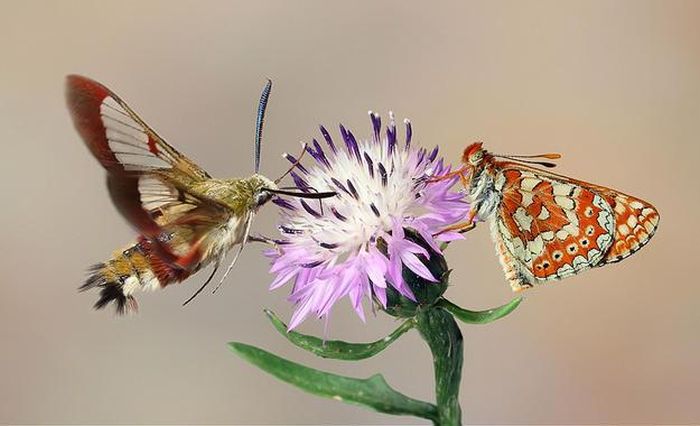|
|
Insect Macro Photography
|
Some of the oldest and most successful insect groups, such Endopterygota, use a system of complete metamorphosis. Strangely though, complete metamorphosis is unique to certain insect orders, like Diptera, Lepidoptera, and Hymenoptera, and no other arthropods undergo it, but incomplete metamorphosis.
Senses and communication
Many insects possess very sensitive and/or specialized organs of perception. Some insects such as bees can perceive ultraviolet wavelengths, or detect polarized light, while the antennae of male moths can detect the pheromones of female moths over distances of many kilometers. There is a proclaimed tendency for there to be a trade-off between visual acuity and chemical or tactile acuity, such that most insects with well-developed eyes have reduced or simple antennae, and vice-versa. There are a variety of different mechanisms by which insects perceive sound, while the patterns are not universal, insects can generally hear sound if they can produce it. Different insect species can have varying hearing, though most insects can hear only a narrow range of frequencies related to the frequency of the sounds they can produce. Mosquitoes have been found to hear up to 2 MHz., and some grasshoppers can hear up to 50 MHz. Certain predatory and parasitic insects can detect the characteristic sounds made by their prey or hosts, respectively. For instance, some nocturnal moths can perceive the ultrasonic emissions of bats, which helps them avoid predation. Insects that feed on blood have special sensory structures that can detect infrared emissions, and use them to home in on their hosts.
|
|









